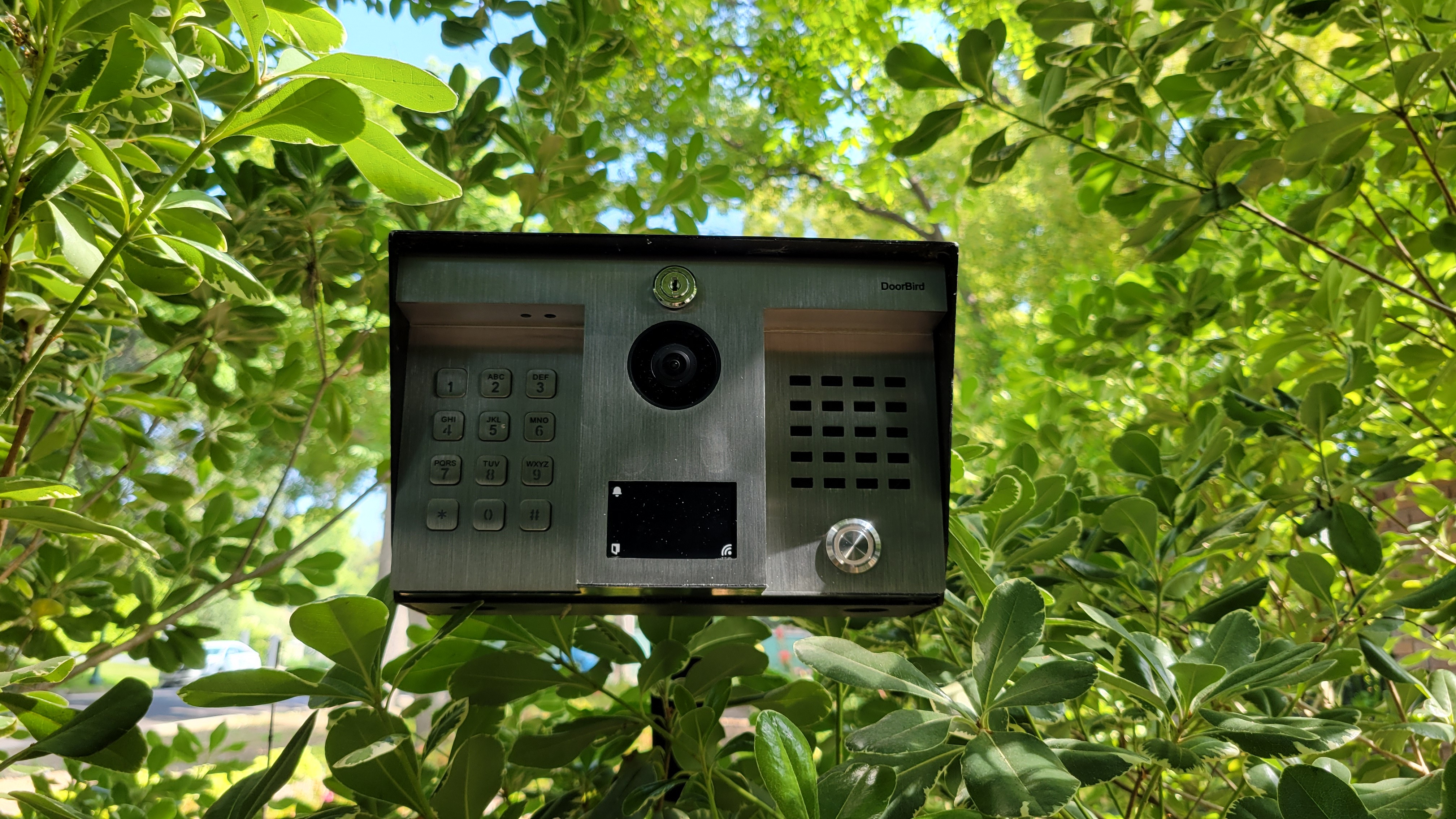Advantages and Disadvantages of Access Control Systems
Access control systems are crucial in securing buildings and managing entry for residents, employees, and visitors. Whether you're managing a residential complex, a corporate office, or a mixed-use facility, understanding these systems will help you navigate the complexities of modern access control and choose a solution that aligns with your security goals and operational needs.

Telephone Entry Systems
Traditional telephone entry systems remain popular for many properties due to their simplicity and reliability.
Advantages of Telephone Entry Systems:
- Cost-effective implementation with lower initial investment and maintenance costs
- Simple user interface that requires minimal training for users of all ages
- Compatibility with existing infrastructure, working seamlessly with standard phone lines
- Reliable performance even during power outages (when properly equipped)
- Ideal for smaller properties, including residential buildings and small businesses
Disadvantages of Telephone Entry Systems:
- Limited security features compared to more advanced technologies
- No visual verification capabilities to confirm visitor identity
- Security vulnerabilities through shared access codes
- Additional expenses are possible when dedicated phone lines are required
- Restricted integration options with modern smart building systems
Video Intercom Systems
Video intercom systems represent a significant upgrade in both security and functionality for property access control.
Advantages of Video Intercom Systems:
- Enhanced security through visual identification of all visitors before granting access
- Digital evidence collection with recorded video footage of entry attempts
- Clear communication with two-way audio capabilities
- Remote access management via smartphone apps for property owners and residents
- Visitor verification from anywhere with internet connectivity
Disadvantages of Video Intercom Systems:
- Higher installation costs compared to basic telephone systems
- More complex setup requirements, including network configuration
- Privacy considerations regarding video recording storage and access
- Internet dependence for remote features and functionality
- Potential technical issues requiring more specialized maintenance
Keypad and Key Card Entry Systems
Keypad and key card systems offer excellent flexibility for properties with multiple users and varying access requirements.
Advantages of Keypad and Key Card Systems:
- Elimination of physical keys, reducing replacement costs and security risks
- Simplified access management with easy updating of permissions
- Comprehensive entry logging for security auditing and monitoring
- Excellent scalability for organizations of all sizes
- Customizable access levels for different users and areas
Disadvantages of Keypad and Key Card Systems:
- Credential security challenges when cards are lost or stolen
- PIN code vulnerabilities through sharing or observation
- Maintenance requirements, including regular battery replacement
- Administrative overhead for user management in larger installations
- Potential for tailgating without proper supplementary measures
Mobile Device Entry Systems
The newest generation of access control leverages the smartphones that most users already carry.
Advantages of Mobile Device Entry Systems:
- Maximum user convenience with familiar technology
- Streamlined administrative control through cloud-based management
- Advanced integration capabilities with building automation systems
- Superior security protocols, including encryption and multi-factor options
- Reduced physical credential costs by utilizing existing devices
Disadvantages of Mobile Device Entry Systems:
- Technology dependencies, including smartphone battery and connectivity
- Device compatibility issues particularly with older phone models
- Higher initial infrastructure investment for comprehensive implementation
- Data privacy considerations regarding location tracking and usage information
- Technical support complexities across diverse device ecosystems
How to Choose the Right Access Control System
Selecting the optimal access control solution requires careful consideration of several key factors:
- Security requirements: Assess your specific vulnerability concerns and required protection level
- User population: Consider the number and type of users who will need access
- Budget constraints: Evaluate both initial installation and ongoing maintenance costs
- Integration needs: Determine compatibility requirements with existing systems
- Scalability plans: Anticipate future growth and expansion possibilities
The most effective security implementations often combine multiple technologies to address specific needs throughout a property.
Installation and Maintenance Considerations
Professional installation ensures optimal system performance and security integrity. When implementing any access control solution, consider:
- Infrastructure requirements, including wiring, network capacity, and power needs
- Weather protection for outdoor components in varying climate conditions
- Backup systems to maintain security during power or network outages
- Regular maintenance schedules to ensure continued reliable operation
- Software update protocols to address security vulnerabilities
Each access control system has its strengths and weaknesses. The choice depends on budget, security requirements, user convenience, and scalability needs. Organizations should consider these pros and cons when selecting an access control system that best fits their situation. Kudox Network is happy to answer your questions regarding access control systems and can provide a quote if you want to move forward with installation. Contact us (310-827-2288) to get a quote and enhance access control.